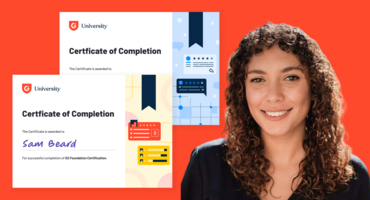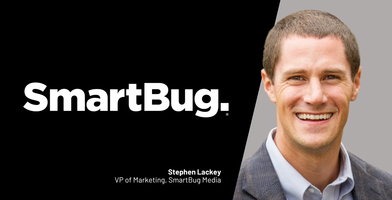Where and how employees work has changed drastically in the last decade. Workers used to only be able to access corporate resources while working at the office.
But in today's working environment, employees have taken work out of the office and into our homes and onto our mobile devices. In the age of this digital transformation-and to support an increasingly mobile and remote workforce-it is crucial for IT and cybersecurity teams to get security right.
Modern corporate security goes beyond traditional perimeter-based security models and also employs "zero trust" security models. Zero trust security models provide additional layers of security, particularly for remote work and cloud environments. Authentication is a first step in achieving a zero trust security model, and it starts with verifying that the person at the other end of the desktop, laptop, or mobile device is indeed a colleague, not a cybercriminal.
Identity and access management (IAM) software, also known as "workforce identity" or "employee identity" and access tools, help companies ensure that only permissioned users--such as onsite employees, traveling employees, or remote contractors--can access corporate applications and data. The IAM software authenticates a user's identity before granting them access to company assets they have specific permissions to use. For example, a company's chief financial officer should likely have access to the company's accounting software, but a person on the sales team should not. Getting employees to adopt these kinds of security tools on a daily basis is critical, which is why IAM solutions are designed to offer intuitive, user-friendly experiences.





![[Virtual Event] Agency Summit: Pinterest Edition [Virtual Event] Agency Summit: Pinterest Edition](https://main-app-production-public.s3.amazonaws.com/smndyuefye9mt6ivj756hbj1er32)